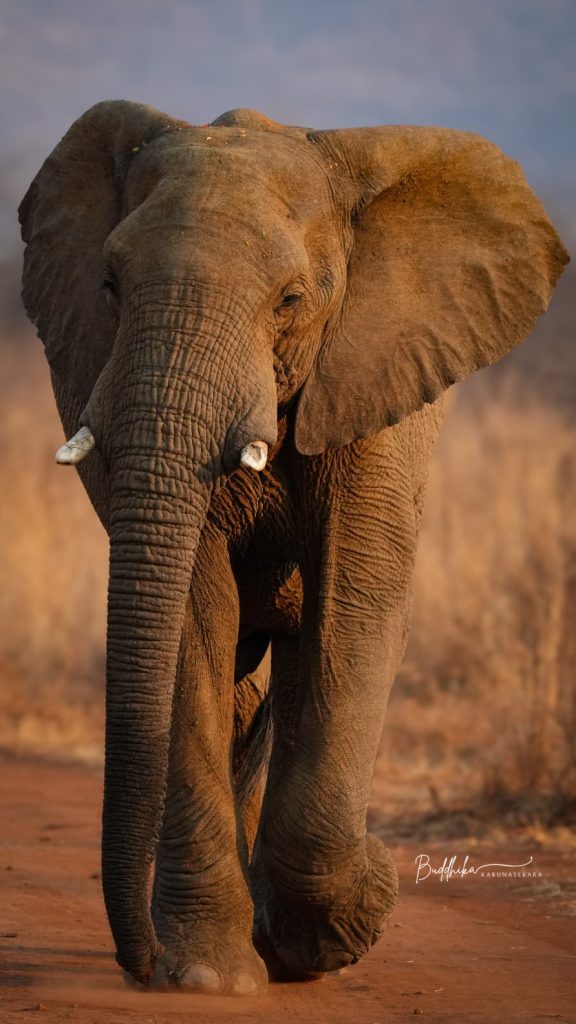
African elephants, the largest land animals on earth, have inspired awe and reverence for countless generations. Their towering presence, vast ears, and sweeping tusks embody strength and majesty, yet their complex social lives and gentle interactions reveal qualities of wisdom and compassion. Across the African continent, these giants have been celebrated and woven into the folklore, traditions, and spiritual life of many cultures, shaping both myth and meaning.
In many African traditions, the elephant symbolises kingship, wisdom, and authority. Among the Ashanti people of Ghana, the elephant is regarded as a royal animal, associated with the Asantehene, the King of Ashanti, whose power is said to reflect the might of the elephant. Proverbs speak of the elephant as the one who clears paths through the forest, guiding others and making way for smaller creatures to follow, an image of leadership that is both commanding and nurturing.
In the folklore of the Zulu of South Africa, the elephant is admired for its memory and intelligence. Stories often describe elephants as keepers of knowledge, passing wisdom from one generation to the next. Tales remind listeners that to walk with the memory of the elephant is to honour ancestors and to carry their teachings forward. This association with remembrance is reinforced by the animal’s matriarchal family structure, where elder females guide and protect the herd.
The elephant also appears in trickster tales, where its immense strength is balanced by vulnerability to cunning. In East African stories, the hare often challenges larger beasts, including the elephant, outwitting them through clever schemes. These tales, while humorous, highlight the idea that wisdom does not lie in size alone but in wit and resourcefulness, offering lessons in humility and balance.
In the cosmology of some Central African traditions, the elephant is linked to creation and fertility. Its association with rain and water speaks to its role as a life-giver in landscapes where water is precious. Rituals among certain communities have invoked elephants as symbols of abundance, their footprints in the soil seen as vessels of prosperity and renewal.
Beyond folktales, the elephant has been a prominent motif in African art, music, and ritual. Masks and carvings incorporating elephant features appear in ceremonies that celebrate strength, continuity, and leadership. Drumming rhythms sometimes mimic the heavy tread of elephants, bringing their presence into communal gatherings and storytelling. These cultural expressions keep alive the sense of connection between people and the great animals that share their land.
In modern times, the elephant’s image has taken on new roles, especially in conservation and national symbolism. In countries like Kenya and Botswana, elephants are seen not only as treasures of the natural world but as icons of identity and pride. Their protection is tied to cultural heritage as well as ecological balance, reminding communities that the fate of elephants is deeply entwined with their own future.
The African elephant remains a creature of story and spirit, its form carrying layers of meaning from the past into the present. To see an elephant stride across the savannah is to witness not only a marvel of nature but a living emblem of memory, leadership, and resilience. Its place in folklore is a testament to how humans have long sought to understand strength tempered by wisdom, and how those lessons continue to guide us in caring for the wild.
